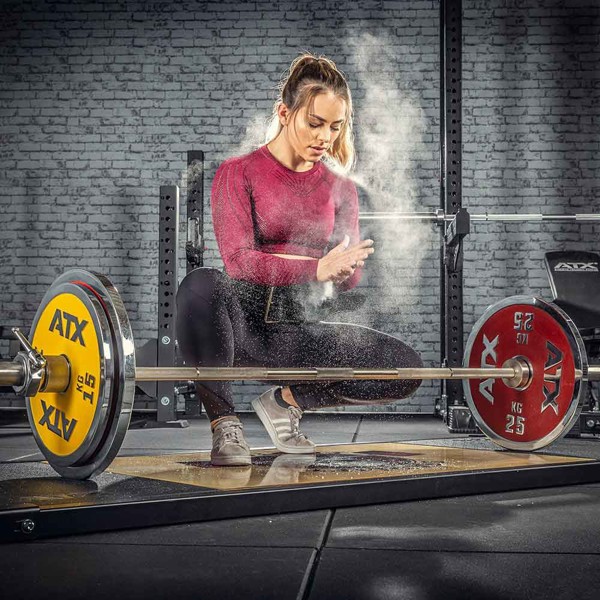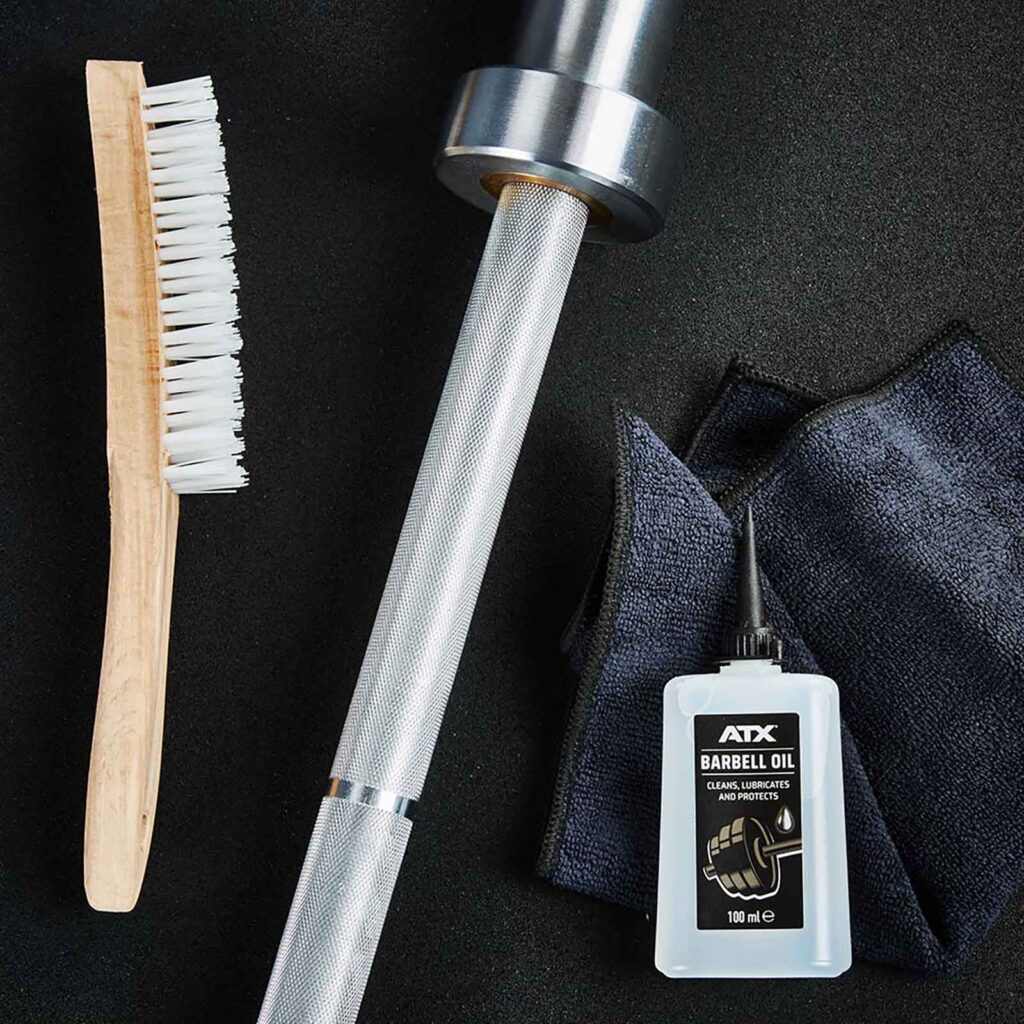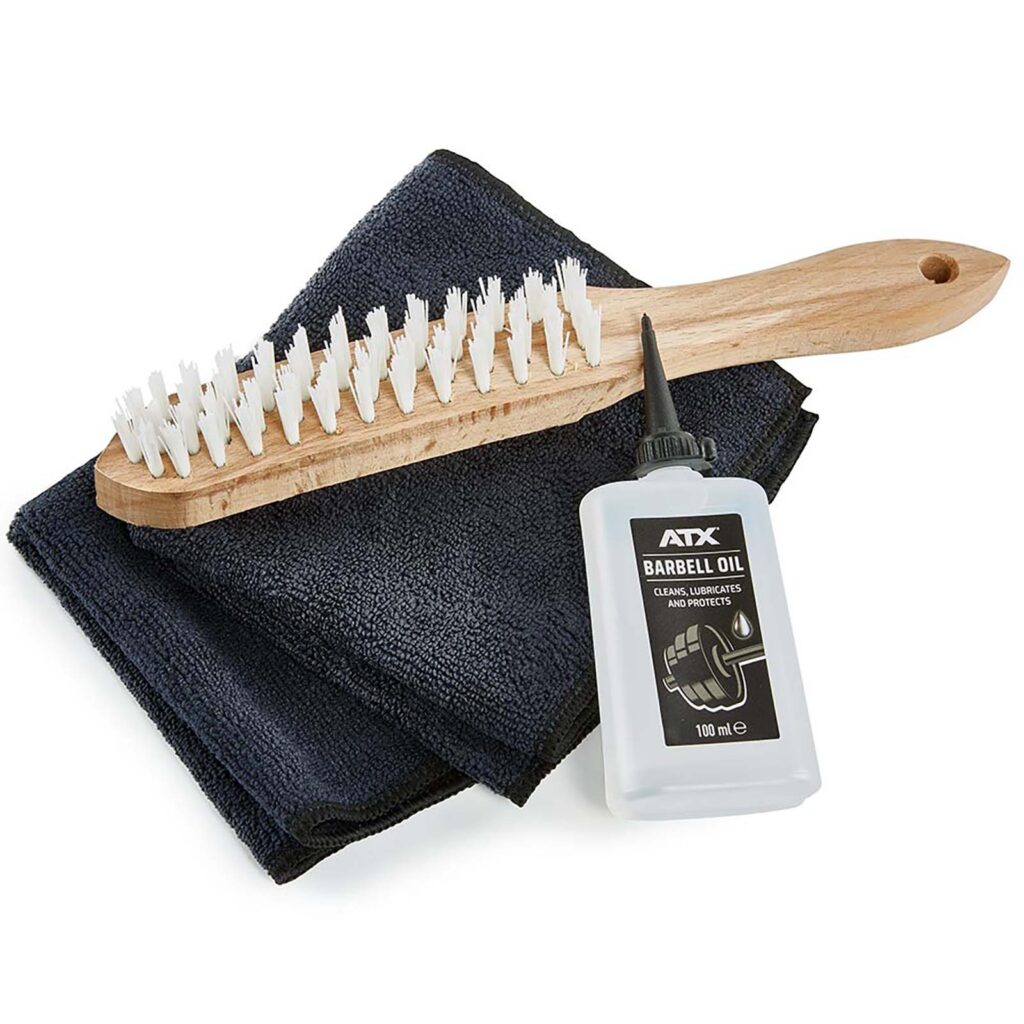Everything You Need To Know About Gym Chalk
Gym chalk is one of the most useful accessories you can have in your gym bag. I would advise taking it out your gym bag before heading to an airport though. We often get questions about our gym chalk, so we thought it best to write an article so you will know all about gym chalk.
What does gym chalk do
We all know how sweaty your palms can get during a heavy session. Gym chalk works by absorbing the moisture on your palms. This improves your grip as the barbell won’t slip out of your hands. And with how thin our powerlifting plates are, you might need some chalk just to load the bar!

What is gym chalk made of
Did you know gym chalk is made of magnesium carbonate which is effectively just a weak salt. The benefits of using this chemical is that it’s non-toxic and non-flammable. Which is good because having a toxic, flammable powder flying everywhere during a training session would be a bit of a risk.
You might take magnesium supplements to help with sleep, but don’t start eating your chalk to save money. Although it is non-toxic, we wouldn’t recommend eating it. If you get it in its purest form then magnesium chalk is perfectly edible. But it’s not the chalk that’s the problem, it’s the manufacturing process.
Food standards around the world have some of the strictest regulations to make sure what you’re eating is safe for your body. This means any supplements you buy will be prepared in a sterile environment, which is not the case for gym chalk. If your product isn’t designed for human consumption, then there’s no need for it to be sterile, so during the manufacturing process the pure magnesium carbonate will be turned into magnesium carbonate blocks plus whatever five year old grime was left in the tub. So no, gym chalk is not edible.
How to use gym chalk
Using gym chalk is super easy – just rub it on your hands! If you’re using double overhand grip then you just need to apply it to the palm of your hand and the inside of your fingers. Hook grip users will also benefit from applying it to the back of your thumb where your fingers will be pressing on.
If you’re doing low bar squats then you will also benefit from applying some chalk to your back where the bar makes contact. This provides more friction for the bar to keep it in place and stop it from sliding off your back.
But absolutely under no circumstances should you apply chalk directly to your barbell. The grooves in the knurling are designed to grip to your hand. The hard steel knurling will press tightly into your soft hand to help the bar grip. The deeper the knurling, the more grip you will have. If you apply chalk directly to your bar then it gets in-between the knurls. This makes them relatively shallower, meaning less grip.
For this reason you should also clean the barbell after using chalk with it. The barbell cleaning kit is handy for this.


How to clean gym chalk off mats
If you’ve used chalk blocks before you’ll know how it will get into every nook and cranny of your gym. The best way to avoid getting chalk everywhere is by using liquid chalk, but some people just prefer using block chalk. The second best way is to sweep it off the mats straight away. And the third best way is scrubbing your mats with silicone spray.
Liquid chalk vs Chalk blocks
There are two main types of chalk on the market – liquid chalk and solid chalk blocks. They both work equally as well, and it’s simply a matter of preference which one you use.
Liquid chalk uses the same magnesium carbonate compound but is mixed with isopropyl alcohol to give it the consistency. The benefit of using it is that it doesn’t get everywhere (unless you squirt the bottle on the floor), which keeps gym owners happy and your nostrils powder free. Some gym owners can be a bit apprehensive about block chalk, so if you train at a commercial gym and haven’t seen anyone else use chalk, it’d be best to go for liquid chalk, or at least ask first.
Chalk blocks are the most common type of chalk, they’ll have a big bowl of it at every Olympic weightlifting, grip strength and powerlifting competition. The benefit is it’s easier to apply to your hands, and easier to wash off your hands. Obviously it does get everywhere though.
